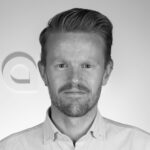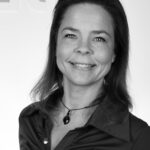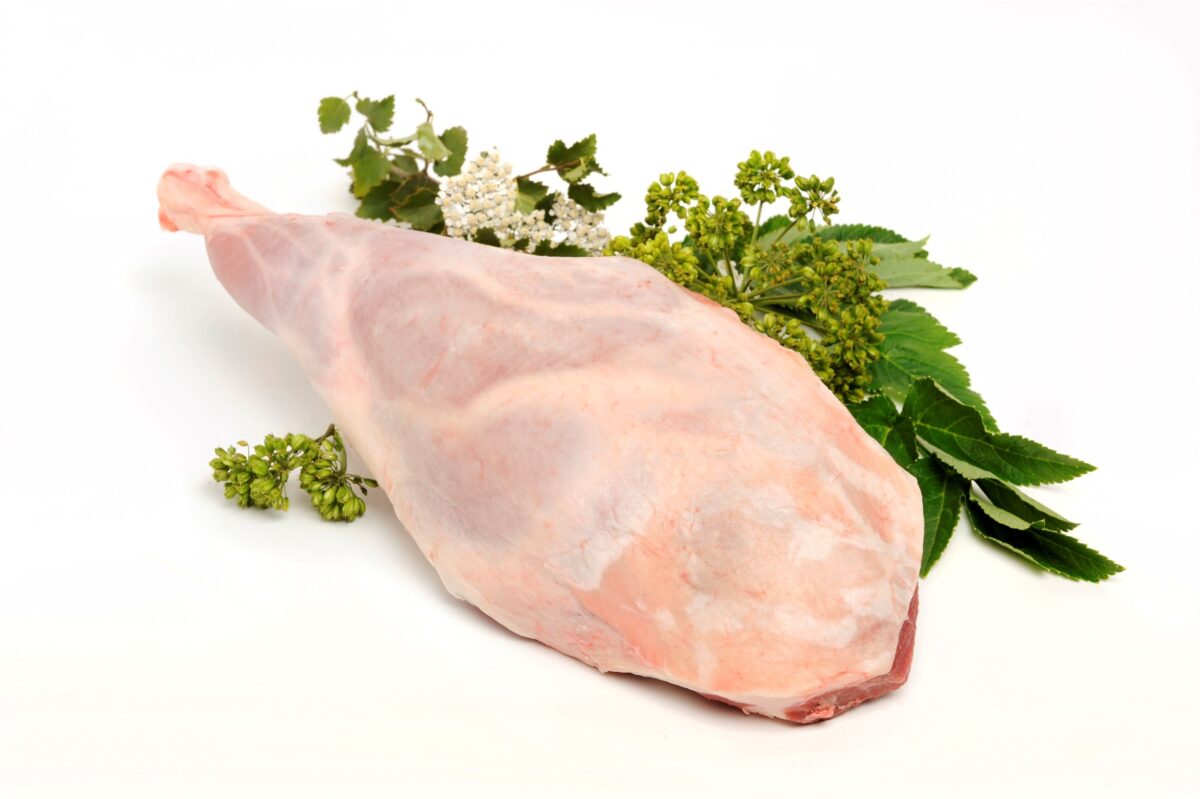The project was intended to strengthen the provision of information on pork in the Icelandic Meat Book and the Icelandic Database on Food Chemical Content (ÍSGEM), both of which are widely used information sources on the Matís website. In addition, pig farmers and meat processing companies receive information for providing information and labeling food. Samples of the following 9 pig products were obtained: loins, puffins, inner thighs, Bayon ham, bows, necks, sides, goldfish and minced meat. Measurements were made of the substances necessary for nutritional declarations, including fatty acids. Measurements were also made of vitamins B1 and B12. The content of polyunsaturated fatty acids was high in the meat and this was mainly due to high values for the omega-6 fatty acid C18: 2n6. The meat turned out to be a great source of B1 vitamins and a good source of B12 vitamins.
The project provides new data for the Icelandic Meet Book and the Icelandic Food Composition Database (ISGEM) which are important information resources on the Matis website (www.matis.is). Farmers and meat processing companies receive data for their information services. The following pork products were sampled: Loin, tenderloin, leg, leg for Bayonne products, shoulder, neck, flank, goulash and minced meat. Analysis needed for nutrition declarations were carried out. Additionally, fatty acids, vitamin B1 and vitamin B12 were analyzed. The proportion of polyunsaturated fatty acids was high, mostly because of the high levels of C18: 2n6. The meat turned out to be an excellent source of vitamin B1 and a good source of vitamin B12.








